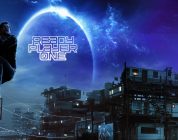The Yakuza games follow the life of one of its toughest fictional members, a living statue of a man called Kiryu Kazuma, and takes place mainly on the streets of different Japanese towns. As the name suggests you find yourself involved in the dealings of the notorious Japanese criminal underworld and the vast empire of the Yakuza. Kiwami 2 continues after the first game, and the storyline and narrative are exactly the same as the original, with massive changes made to the graphics and the use of the Dragon Engine which alters the combat.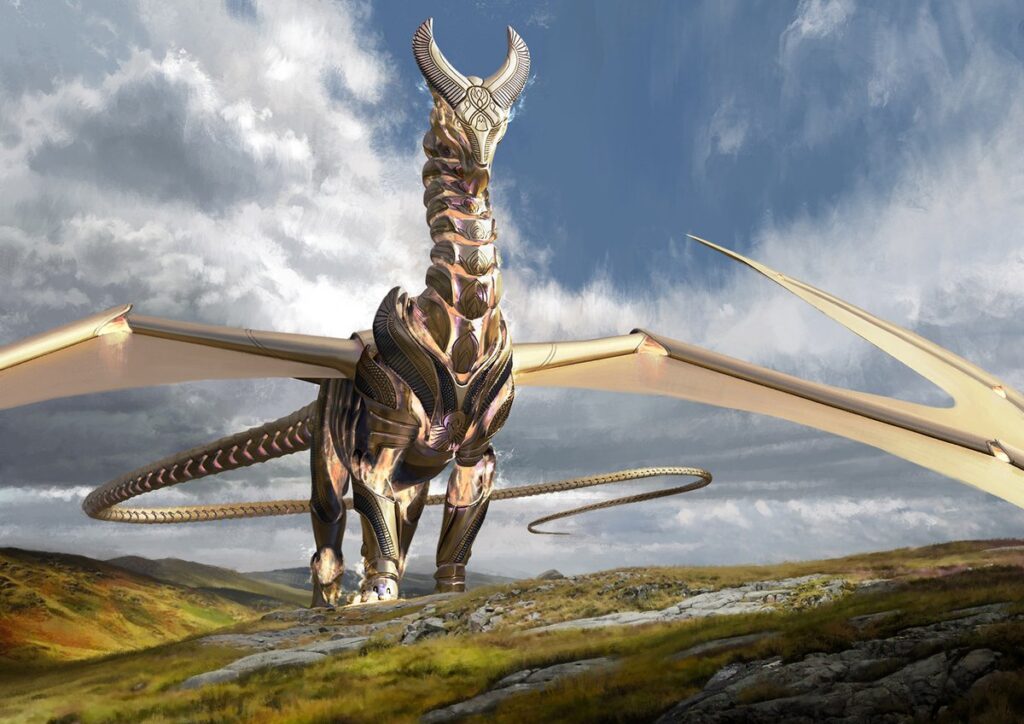
A year has passed since the end of the last game, and the Tojo clan are facing a decline, suffering from in-fighting the leader of the clan was killed by a rival, the Omi Alliance, which is the spark needed to ignite a war between the factions. Rather than let things escalate, Kiryu will attempt to broker a peace between them whilst encouraging his friend, Daigo Dojima, to re-join the Tojo clan and accompany him to this meeting. Things were going smoothly until the son of the head of the Omi Alliance, Ryuji Goda, interrupted things and announced that the war is going ahead, splintering himself from the main branch of Omi to declare himself independent. Ryuji can be seen as the Kiryu Kazuma of the Omi, both of them being of a large build, having a dragon tattoo on their backs and both being nicknamed “The Dragon of” their corresponding areas.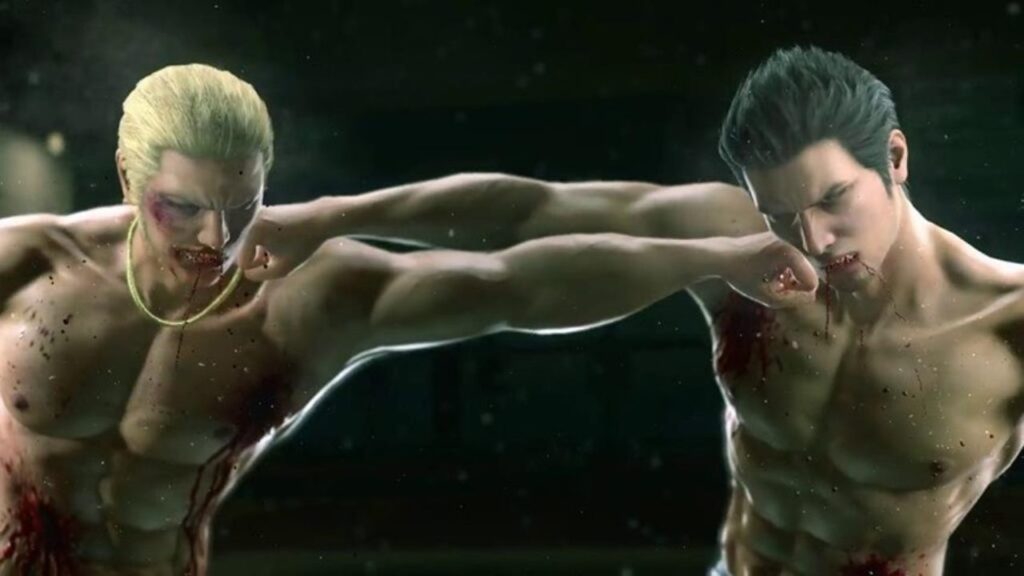
Following these events, you will take control of Kiryu as he travels around the streets of Sotenbori, Osaka as well as Kamurocho, as he seeks to end these troubles before things get worse, especially as the police take notice. Talking about anything more would spoil too much, but the story itself felt like something from a crime/thriller series, with quite a few notable characters. Everything was in Japanese with English subtitles, but the voices are just so cool to listen to, especially Kiryu’s.
He is a man with very few words, but when he speaks it’s almost like no other sound is registered. He’s basically a Japanese Batman but instead of a Bat costume he wears a very clean and stylish suit. He is the ultimate badass and is the personification of no fucks to give. The other supporting characters acted as great expressions of the circumstances to counter Kiryu’s pure stoic attitude, and they only emphasised how much of a hero he really is. Despite being a tougher-than-nails gang member, with an exterior so hard it wouldn’t crack, underneath he is a very considerate and kind person to those that deserve it, and is not above defending someone, or helping another in need. Ryuji Goda is almost the same guy, but a lot more expressive, and serves as a great challenge for the Dragon of Dojima.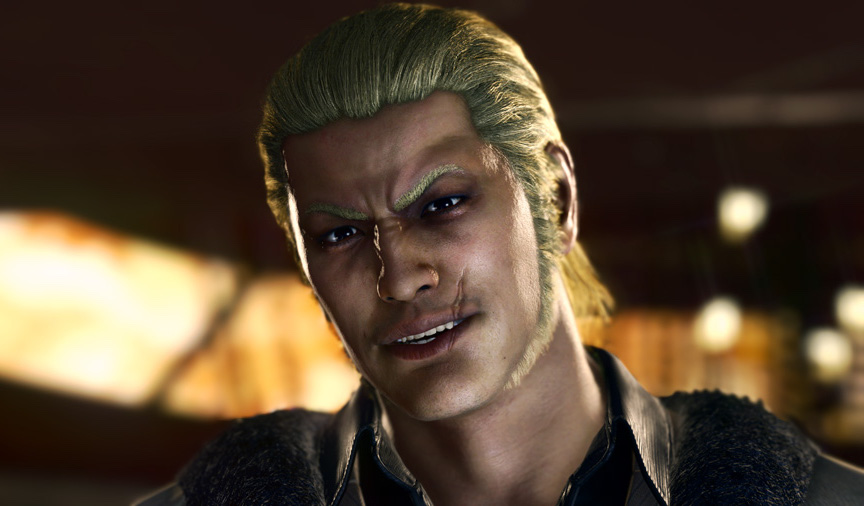
The two playable areas of Sotenbori and Kamurocho are not large by any means, but they manage to capture a certain scale because of how detailed they are, and how dense the human traffic is, which makes them feel deceptively huge. There is no day/night cycle, at least not unless you progress through the story and it changes in a new chapter, but each area lit up at night looks beautiful. With a barrage of neon cascading down each street, animatronics outside restaurants, visible chalkboard signs outside of stores and a mix of other decorations you would expect to see.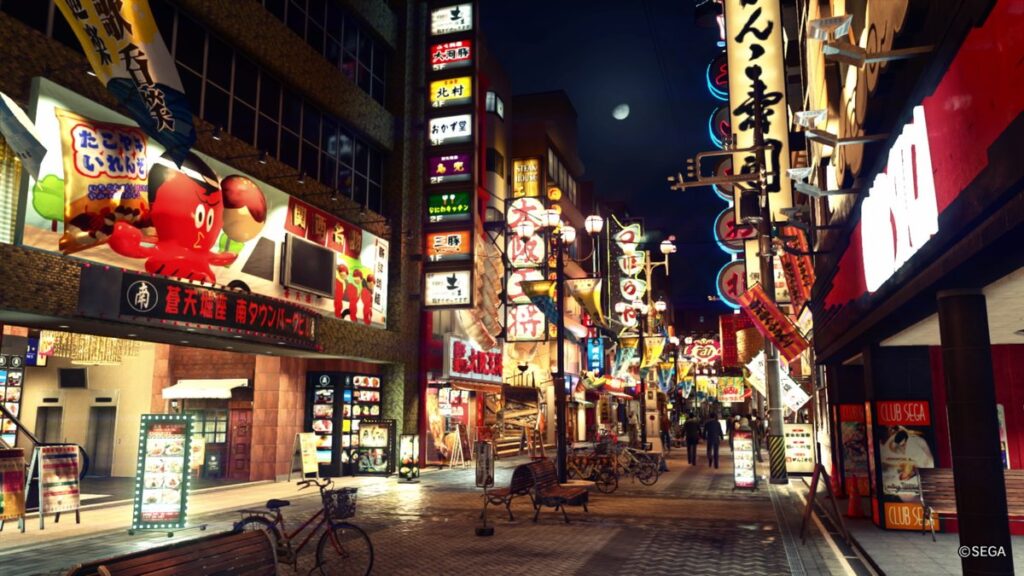
People wander up and down, into shops, stopping to look over the water at a bridge, and some have conversations about their everyday lives. It’s an excellent backdrop when underneath the glamour there is so much shadiness and shite that goes on. Mission markers will appear for Kiryu to investigate, but as he walks around, he may come across groups of enemies that will initiate combat. Before even continuing with the story, I spent at least 6 hours roaming the streets, just beating the shit out of people. The enemies will sometimes be delinquents, thugs or other gang members, but regardless of who they are, they all seem to not like Kiryu as they try to pick a fight at the mere sight of him.
Yakuza is mainly a brawler, like a 3D arcade game, but the combat itself is great mix of brutal face smashing and tactical defence. You’re usually fighting multiple enemies at once so you are free to use whatever you can to win, but luckily Kiryu is a living weapon, and is deadlier with his fists than most with a gun. Kiryu uses a rush combo, just your simple press of a button over and over to initiate an attack, and each string of presses can be ended by pushing another. It pretty much follows the process of light-heavy, light-light-heavy and so on. More than that though, the ending animation can change depending on whether you end at facing the enemy in front or change direction as you press it.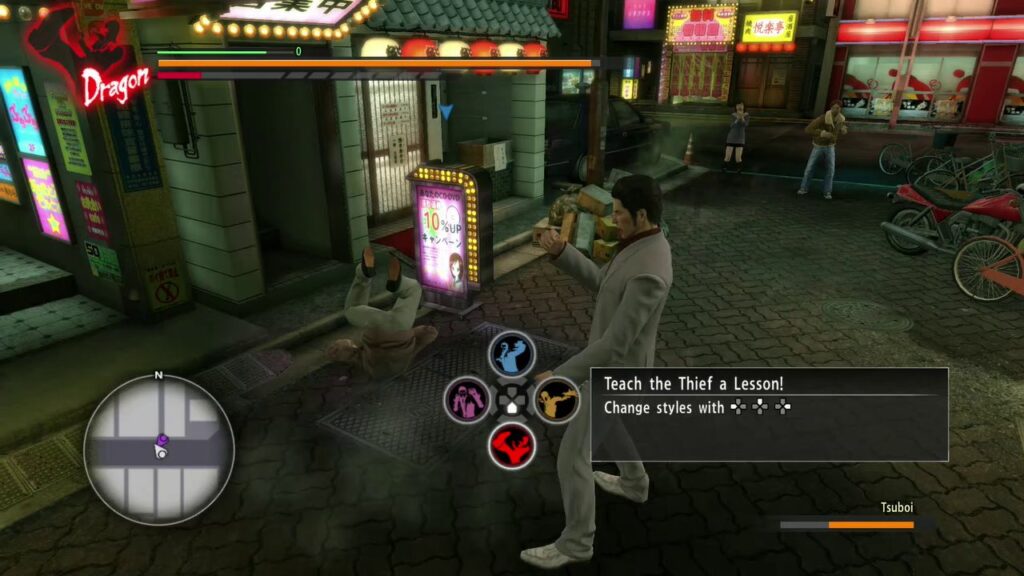 This gives Kiryu a lot of good-looking moves, mixing punches and kicks, and when the fight sequence has ended you are awarded points in different categories that are used to upgrade your stats or unlock new moves. Some of the best early choices include having a second heavy added to the chain, one that will send enemies flying but also adding many more animations. Other upgrades will expand what Kiryu can do outside of just attacking and blocking, even going as far as to add counters, disarming and throws. Everything is stylishly done, and that cruel crunch you hear when Kiryu buries his knuckles in the face of a downed opponent, you’re the sound of his knee smashing into the back of a head, does plenty to convince anyone watching just how truly terrifying he is.
This gives Kiryu a lot of good-looking moves, mixing punches and kicks, and when the fight sequence has ended you are awarded points in different categories that are used to upgrade your stats or unlock new moves. Some of the best early choices include having a second heavy added to the chain, one that will send enemies flying but also adding many more animations. Other upgrades will expand what Kiryu can do outside of just attacking and blocking, even going as far as to add counters, disarming and throws. Everything is stylishly done, and that cruel crunch you hear when Kiryu buries his knuckles in the face of a downed opponent, you’re the sound of his knee smashing into the back of a head, does plenty to convince anyone watching just how truly terrifying he is.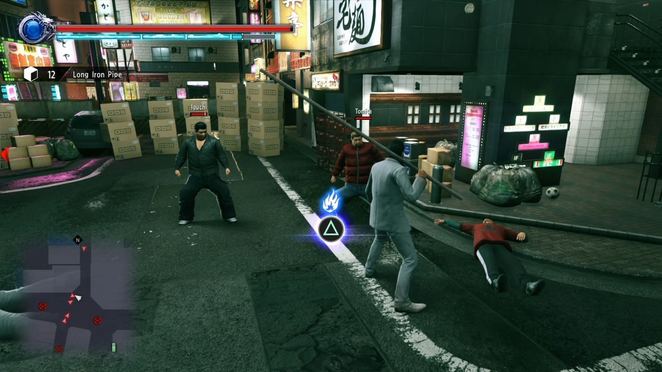
My favourite moments happen when I’m in a shop, and I dropkick the final enemy out through the window, wrecking the shelves as I do it (I do feel a little guilt for the retail workers, but it looks so cool). Kiryu does start to feel hungry after roaming and kicking all that ass, so popping into a restaurant and sitting for a meal will not only restore his health but also his hunger, represented by a stomach. By choosing different foods you can fill up his tummy a lot faster, and receive bonuses to the points you build, to then go back out and look for another doomed angry mob.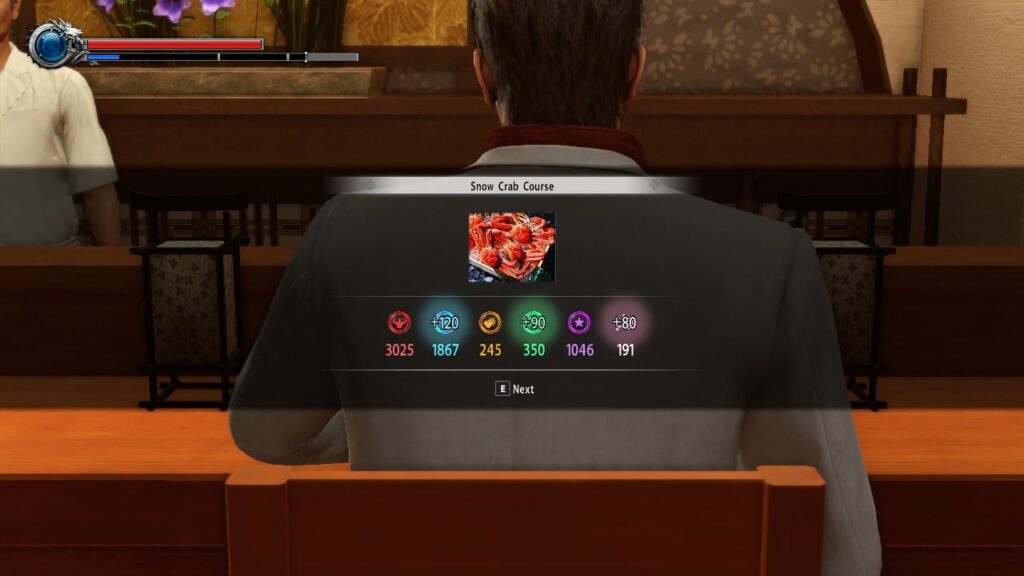
The combat is at its peak during a boss or mini-boss fight because your techniques don’t just work on crowds, you will have plenty to engage a single opponent, but so will they. Most bosses and mini bosses are tough fighters, with large pool of health and a variety of different moves. They can counter some of yours, dodge, block and even fight through a combo, so button mashing won’t work. There will be some quick-time-events, but they’re nice and easy, so you can still see the action as it goes on, almost looking like a pseudo-anime fight between the protagonist and his sworn enemy.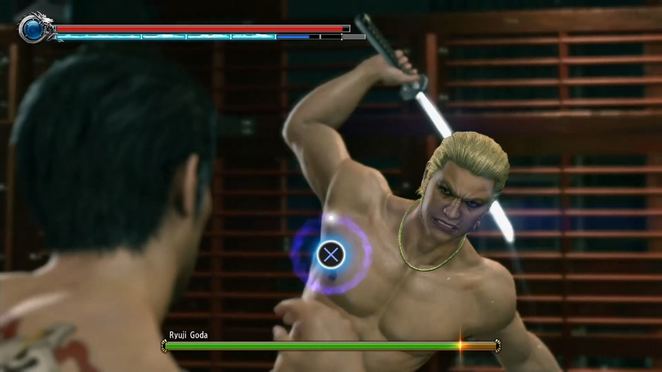
There are some side missions and distractions, so it’s not just a linear story structure, and they’re surprisingly good fun, just when you need to break away from the tension of saving everyone, by beating their brains in. Japan has a lot of toilet humour, and one mini game takes that literally, by having you basically piss a Kamehameha wave to try and defeat a digital opponent. It’s such a ridiculous feature that I went out of my way to role-play getting a full bladder from drinking coffee cans from a vending machine, just to run back into the toilets to try and win the game…I never won.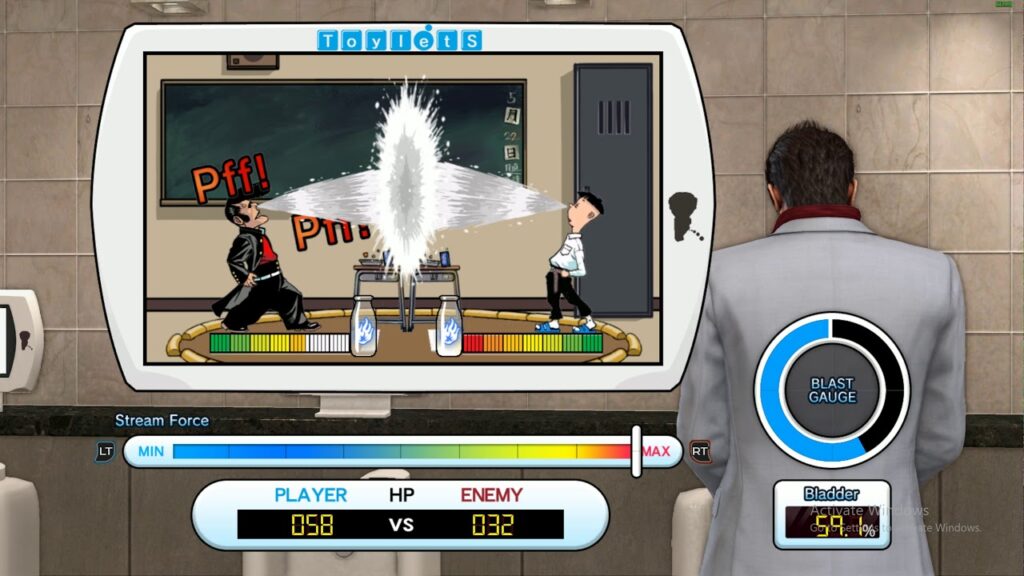 SEGA also love to input some of their classics buy having some arcade games that can be played, such as Virtua Fighter, which looks and plays just like the game of old and wasn’t any easier to beat (I still think it’s rigged). There is more to play around with, and they won’t keep your attention for long periods of time unless you’re a big fan of mobile gaming and arcades, but they’re a ball nonetheless.
SEGA also love to input some of their classics buy having some arcade games that can be played, such as Virtua Fighter, which looks and plays just like the game of old and wasn’t any easier to beat (I still think it’s rigged). There is more to play around with, and they won’t keep your attention for long periods of time unless you’re a big fan of mobile gaming and arcades, but they’re a ball nonetheless.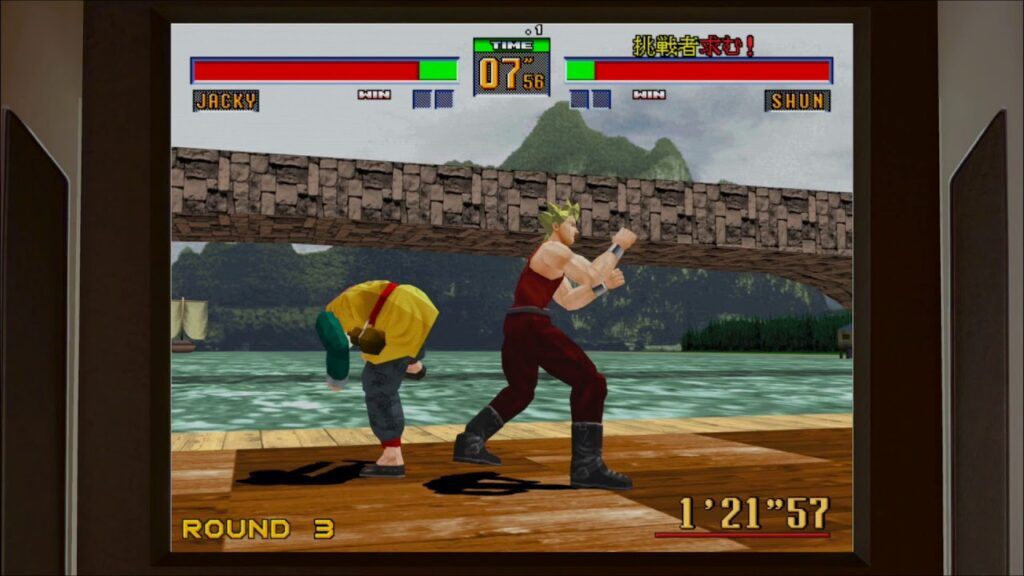
If there’s a pattern I follow it’s leaving my downsides to the end, and thankfully there aren’t many. This is definitely a combat focused game, and it excels at the performance, but the camera placement can be pain in the arse when you’re surrounded by so many, and the streets are narrow and packed with people and stuff. The stuff can be a help, Kiryu will kick something in front of him that can knock others down or back, but so can they. If I’m caught in the middle of a circle, surrounded by bikes I’m likely to get hit all over.
Citizens will also randomly walk in the middle of things, and because they can’t get hit by Kiryu they still end up being an obstacle, breaking up the flow and getting me jumped. The lock-on mechanic barely works, even when facing the last enemy. I’ll hold the button in and Kiryu will face no one in particular, strafing in the direction I push but not facing the enemy. It looks like it locks him in place, rather than focusing on the enemy, which tends to leave me exposed, so I won’t use it, but when fighting a boss or the final enemy in a group it makes a massive difference being able to accurately target them when attacking and being able to defend when they hit back.
(“Lock on to THIS!!!”)
Opinion
If you’ve never tried a Yakuza game, or you’ve dipped your hand in the franchise before I would strongly recommend giving this a go. Its combat is one of the most updated, it looks gorgeous, and the detail of the environment is surprisingly very good for a game that isn’t a fully open world explorative experience. The story and characters do well to keep me engaged in what’s going on and Kiryu somehow just works as he is.
 It’s nice to play as a hero that is just so dangerous, and not because of some superpower or mutation, but because he is just a complete savage in a fight. The side content and mini games are hilarious; a disparity from the seriousness of the story, but it gives the player more to do as they wander the streets in awe of how stunning they look in a night-time setting. The main let downs are the dodgy camera and lack of a working lock-on, both are important when fighting, the best part of the game, but not enough to cause severe frustration, but noticeable enough that I still mutter “fuck sake” at least once per encounter.
It’s nice to play as a hero that is just so dangerous, and not because of some superpower or mutation, but because he is just a complete savage in a fight. The side content and mini games are hilarious; a disparity from the seriousness of the story, but it gives the player more to do as they wander the streets in awe of how stunning they look in a night-time setting. The main let downs are the dodgy camera and lack of a working lock-on, both are important when fighting, the best part of the game, but not enough to cause severe frustration, but noticeable enough that I still mutter “fuck sake” at least once per encounter.



